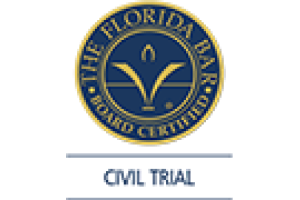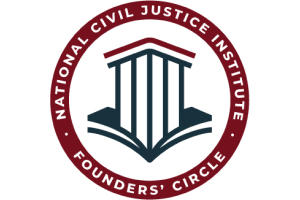Client Reviews
Dangerous or Flammable Children’s Clothing
Many parents put a great deal of thought into their children’s clothing. The checklist usually includes comfort, weather-appropriateness, age-appropriateness, affordability and style. Another top priority parents should consider is safety.
According to documents from the U.S. Consumer Product Safety Commission, children’s clothing and nursery products account for more than half of all children’s product recalls and 52 percent of all annually reported injuries.
At Associates and Bruce L. Scheiner, Attorneys for the Injured, our child injury lawyers understand that in a recent year, there were 114 child product recalls, and of those, 33 were for children’s clothing. That’s nearly 30 percent, and included more than 1 million units.
Some of the most common hazards associated with children’s clothing include:
- Choking or asphyxiation hazards
- Garments that are too loose and create burn or fall hazards
- Clothing that is not sufficiently flame-resistant
Many infant and children clothing lines are cheaply made to be inexpensively sold, which makes sense because children quickly outgrow them. However, this does not absolve clothing manufacturers and distributors of the duty to ensure the clothing they produce and sell is safe for children.
In recent years, the CPSC has cracked down on cases in which clothing makers and sellers don’t immediately report injuries, initiate recalls or correct problems. Among some of the recent examples:
- Macy’s was fined $750,000 for violation of federal law in failure to immediately report that it had sold numerous children’s items with potentially dangerous drawstrings that posed strangulation hazards.
- Ross Stores was fined $3.9 million for knowingly failing to report that it sold thousands of upper outerwear garments with drawstrings on the neck or waist.
- Burlington Coat Factory was fined $1.5 million for selling recalled coats and other outerwear pieces with drawstrings over the last seven years and failing to report this information immediately to federal authorities.
Drawstrings
One of the biggest concerns to arise in the last 15 to 20 years is drawstrings on children’s clothing.
The Consumer Product Safety Commission first began issuing warnings regarding the dangers of drawstrings in children’s clothing in the early 1990s. However, it wasn’t until 1996 that the agency issued guidelines pertaining to children’s upper outerwear. Those guidelines were incorporated into the voluntary industry standards the following year.
Almost a decade later, the agency announced all children’s upper outerwear with hood or neck drawstrings would be considered defective, as they posed serious risk of injury to young children. Five years later, the agency issued a federal regulation formally designating all children’s upper outwear – sizes 2T to 12 (extra-small to large) – with drawstrings to be defective. This encompasses all hood and neck drawstrings, as well as most waist or bottom drawstrings.
The agency identified at least 18 deaths and 38 injuries in recent years caused by drawstrings on children’s clothing. Among the most common scenarios were drawstrings getting caught or entangled on slides or other playground equipment. This can result in strangulation and has resulted in death. Incidents were also reported in which drawstrings on jackets were caught in the doors of a moving school bus.
Despite the very clear guidelines, some companies continue to ignore the rules. A CPSC report indicates more than 524,000 units of children’s upper outerwear garments manufactured in China were recalled during a two-year period for the presence of drawstrings. Further, since 2007, 41 companies have been fined more than $10 million for drawstring violations.
Other Hazards in Defective Children’s Clothing
Choking hazards are another concern with children’s clothing. The CPSC requires clothing manufacturers that design buttons, pom-poms, charms and other kinds of decorations on their apparel to make sure those items are firmly and securely attached. Otherwise, there is a serious choking hazard.
Another problem is the presence of lead – yes, lead – in clothing items. The commission limits total lead content on children’s clothing to no more than 100 ppm on any items manufactured after August 2011. Items that commonly contain lead include zippers, decorations, vinyl, coated leather, and crystal. These items have to be third-party tested before they can be distributed.
And finally, there are fire hazards in children’s clothing. Failure to meet flammability requirements is one of the most commonly cited reasons for child clothing recalls. Certain kinds of fabric can’t be used at all in clothing because of the way it burns, rapidly and intensely.
For example, cotton and polyester blends won’t pass safety standards unless they are treated with a flame retardant chemical. Polyester on its own will usually pass the test, but the agency has reported an increasing number of failures in this regard in recent years.
Sleep wear, however, is exempt from testing requirements, so long as it is tight-fitting and carries a label indicating it is to be worn snugly and is not flame-resistant.
If your child has been injured as a result of poorly designed or dangerous clothing items, contact our experienced legal team today.
If you or a loved one has been injured in Southwest Florida, contact Associates and Bruce L. Scheiner, Attorneys for the Injured, for a free and confidential consultation to discuss your rights. There are no fees or costs unless we win. Offices in Fort Myers, Cape Coral, Naples and Port Charlotte.
Call 800-646-1210 for a Free Consultation.












